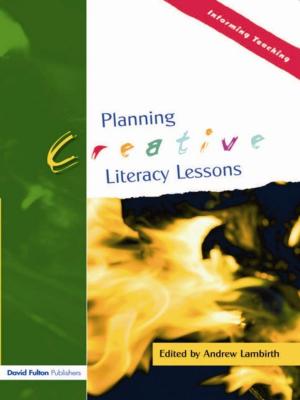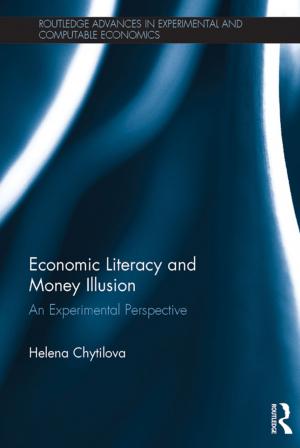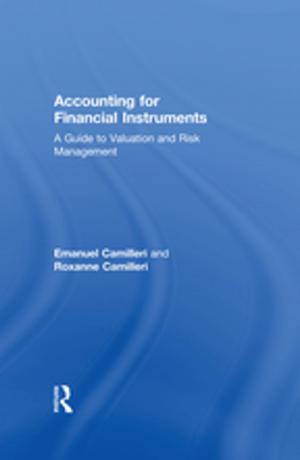Addiction Potential of Abused Drugs and Drug Classes
Nonfiction, Health & Well Being, Psychology, Addictions, Mental Health, Medical| Author: | Barry Stimmel | ISBN: | 9781317839477 |
| Publisher: | Taylor and Francis | Publication: | December 2, 2013 |
| Imprint: | Routledge | Language: | English |
| Author: | Barry Stimmel |
| ISBN: | 9781317839477 |
| Publisher: | Taylor and Francis |
| Publication: | December 2, 2013 |
| Imprint: | Routledge |
| Language: | English |
Increase your awareness of the relative addiction liabilities of various drugs and drug classes that are commonly abused. A timely and masterful new book, Addiction Potential of Abused Drugs and Drug Classes clarifies, in contemporary terminology, the state of addiction liability of cocaine, opiates, alcohol, sedative-hypnotics, nicotine, anxiolytics, marijuana, inhalants and anesthetics, and PCP and hallucinogens--the nine drugs that are most abused today. Authorities combine their research expertise with the available scientific literature to evaluate those factors which contribute to the addictive qualities of drugs. Specific chapters highlight the positive and negative reinforcement qualities that make drugs rewarding, focus on the two major subtypes of alcoholics, and cover the neuroanatomical and neurochemical bases of psychological dependence, the greatest contributing factor to drug addiction. An essential new resource for scientists, clinicians, and administrators, Addiction Potential of Abused Drugs and Drug Classes also highlights those areas where more work is needed in order to understand how individual drugs affect the processes of dependence, tolerance, and addiction, so that adequate treatment of these disorders can be discovered.
The book was written for teachers and researchers in the chemical dependency field, to provide an up-to-date review of the literature. In addition, physicians, nurses, and pharmacists will find the book to be valuable as an update on the relative addiction strengths of abused drugs. Finally, treatment counselors and professionals with some knowledge of physiology and pharmacology will be interested in the book because of its relevance to the clinical treatment of chemically-dependent patients.
Increase your awareness of the relative addiction liabilities of various drugs and drug classes that are commonly abused. A timely and masterful new book, Addiction Potential of Abused Drugs and Drug Classes clarifies, in contemporary terminology, the state of addiction liability of cocaine, opiates, alcohol, sedative-hypnotics, nicotine, anxiolytics, marijuana, inhalants and anesthetics, and PCP and hallucinogens--the nine drugs that are most abused today. Authorities combine their research expertise with the available scientific literature to evaluate those factors which contribute to the addictive qualities of drugs. Specific chapters highlight the positive and negative reinforcement qualities that make drugs rewarding, focus on the two major subtypes of alcoholics, and cover the neuroanatomical and neurochemical bases of psychological dependence, the greatest contributing factor to drug addiction. An essential new resource for scientists, clinicians, and administrators, Addiction Potential of Abused Drugs and Drug Classes also highlights those areas where more work is needed in order to understand how individual drugs affect the processes of dependence, tolerance, and addiction, so that adequate treatment of these disorders can be discovered.
The book was written for teachers and researchers in the chemical dependency field, to provide an up-to-date review of the literature. In addition, physicians, nurses, and pharmacists will find the book to be valuable as an update on the relative addiction strengths of abused drugs. Finally, treatment counselors and professionals with some knowledge of physiology and pharmacology will be interested in the book because of its relevance to the clinical treatment of chemically-dependent patients.















